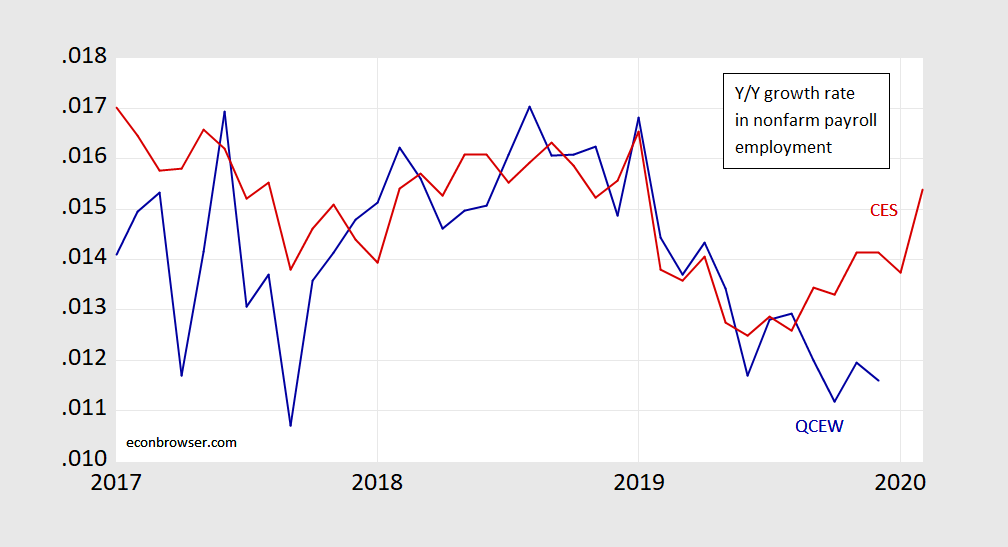From Scholars Strategy Network, an open letter:
Economists’ Letter on Recovery Policy
Dear National Lawmakers,As you consider a new package of aid to support the nation during the ongoing COVID-19 pandemic, now is an appropriate time for the federal government to consider economic research carefully in order to provide well-targeted, significant relief to state governments and to individuals experiencing economic hardship. Support for state budgets, and for safety net programs, most notably funding for the Supplemental Nutrition Assistance Program (SNAP) and for Unemployment Insurance, are wise ways to do this.
